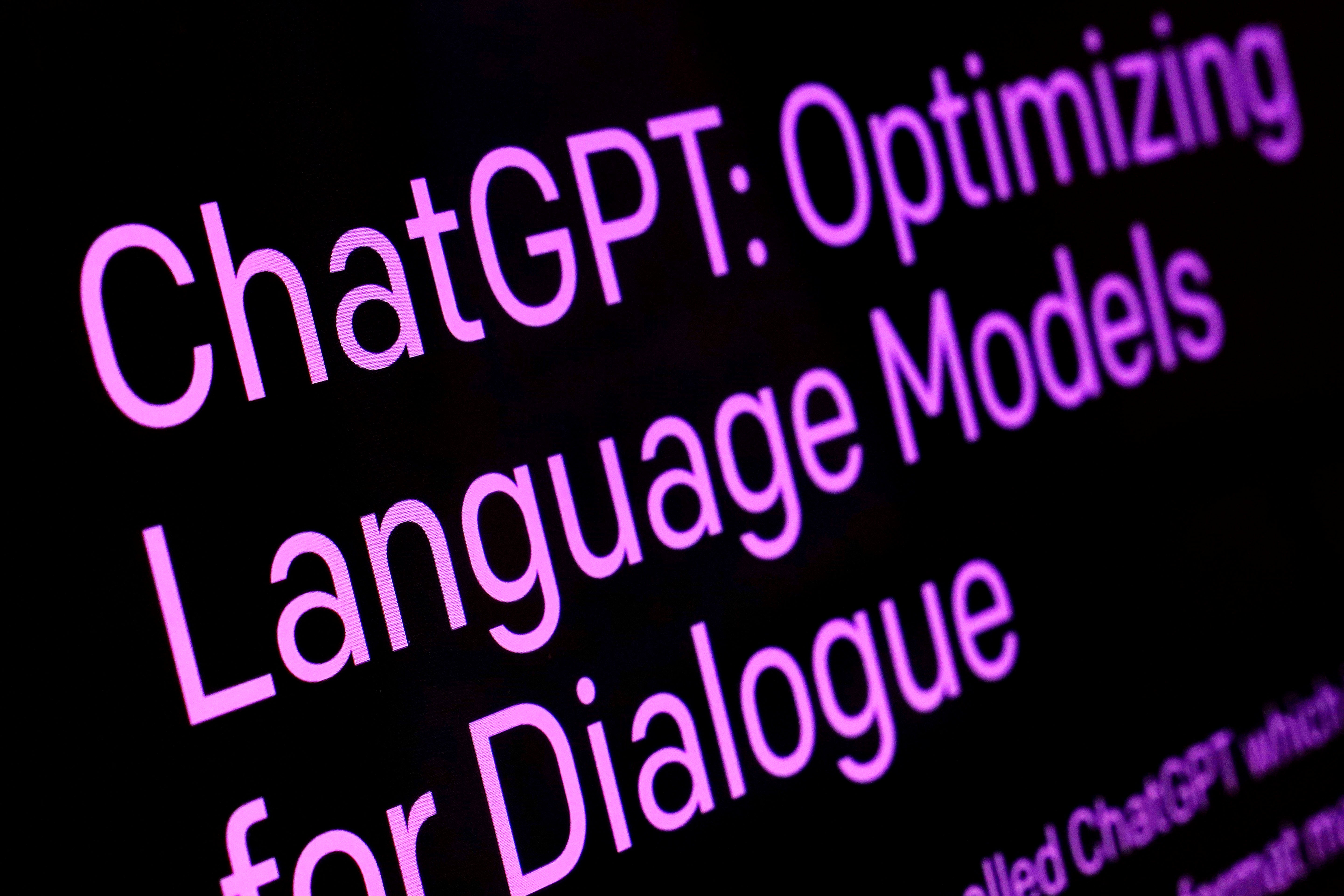How teachers can tell if a student has used ChatGPT in an essay
Researchers compared essays written by three first-year undergraduate students, with the aid of ChatGPT, with 164 essays written by IGCSE students
Your support helps us to tell the story
This election is still a dead heat, according to most polls. In a fight with such wafer-thin margins, we need reporters on the ground talking to the people Trump and Harris are courting. Your support allows us to keep sending journalists to the story.
The Independent is trusted by 27 million Americans from across the entire political spectrum every month. Unlike many other quality news outlets, we choose not to lock you out of our reporting and analysis with paywalls. But quality journalism must still be paid for.
Help us keep bring these critical stories to light. Your support makes all the difference.
Experts have revealed the tell-tale signs that an essay has been written by ChatGPT and not a student.
It comes after the rise of generative AI tools, like ChatGPT, has sparked concerns about cheating among pupils in the education sector.
Repetition of words, tautology and paragraphs starting with “however” are some tell-tale features, researchers said.
The writing style of the artificial intelligence tool is “bland” and “journalistic”, according to a Cambridge University Press and Assessment study.
Researchers compared essays written by three first-year undergraduate students, with the aid of ChatGPT, with 164 essays written by IGCSE students.
These essays were marked by examiners and the undergraduates were then interviewed and their essays were analysed.
The study found essays written with the help of ChatGPT performed poorly on analysis and comparison skills compared to non-ChatGPT-assisted essays.
But ChatGPT-assisted essays performed strongly on information and reflection skills.
Researchers identified a number of key features of the ChatGPT writing style, which included the use of Latinate vocabulary, repetition of words or phrases and ideas, and pleonasms.

Essays written with the help of ChatGPT were also more likely to use paragraphs starting with discourse markers like “however”, “moreover”, and “overall”, and numbered lists with items.
The researchers said ChatGPT’s default writing style “echoes the bland, clipped, and objective style that characterises much generic journalistic writing found on the internet”.
The report said: “The students found ChatGPT useful for gathering information quickly.
“However, they considered that complete reliance on this technology would produce essays of a low academic standard.”
Lead researcher Jude Brady, of Cambridge University Press and Assessment, said: “Our findings offer insights into the growing area of generative AI and assessment, which is still largely uncharted territory.
“Despite the small sample size, we are excited about these findings as they have the capacity to inform the work of teachers as well as students.”
She added: “We hope our research might help people to identify when a piece of text has been written by ChatGPT.
“For students and the wider population, learning to use and detect generative AI forms an increasingly important aspect of digital literacy.”
Subscribe to Independent Premium to bookmark this article
Want to bookmark your favourite articles and stories to read or reference later? Start your Independent Premium subscription today.

Join our commenting forum
Join thought-provoking conversations, follow other Independent readers and see their replies
Comments